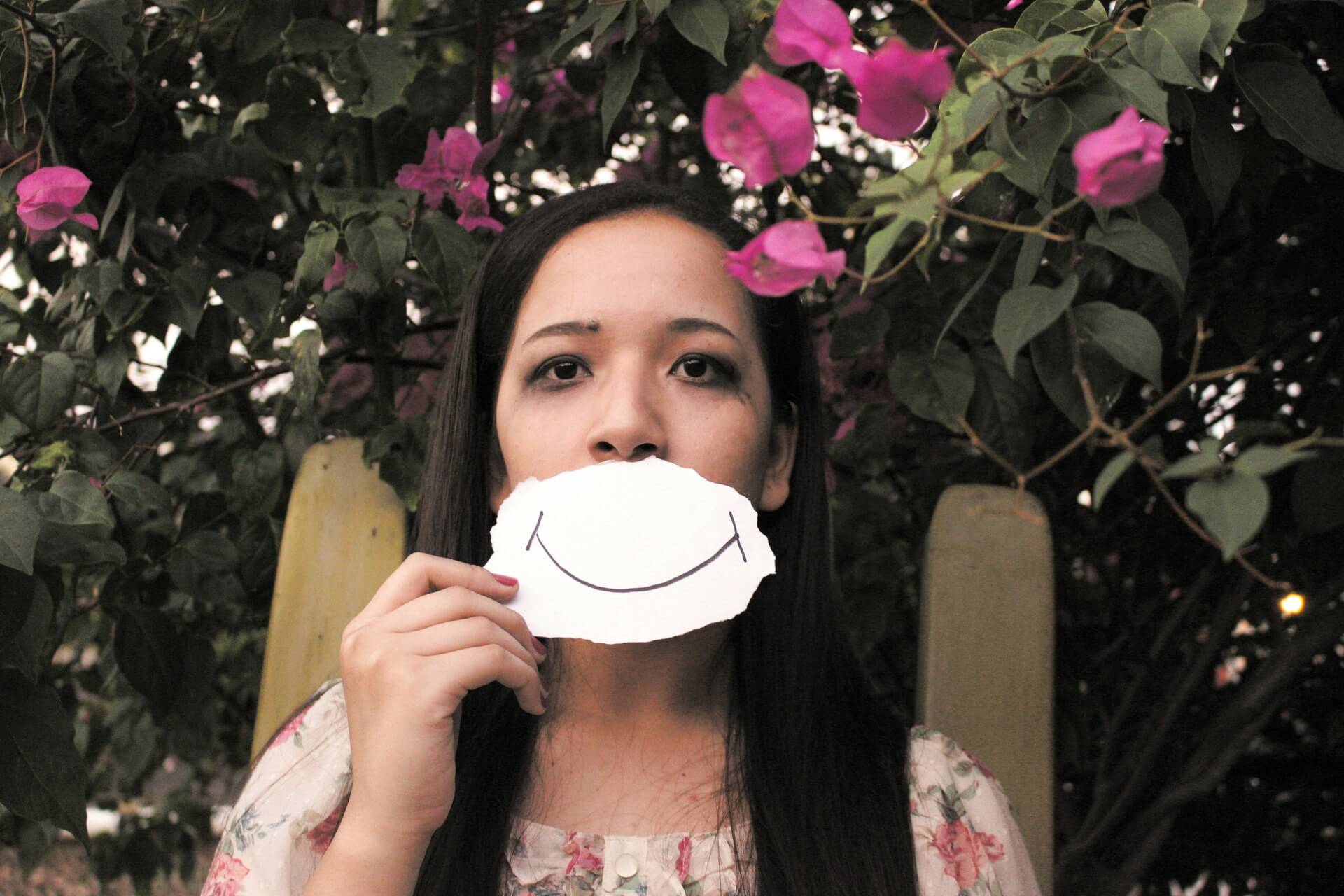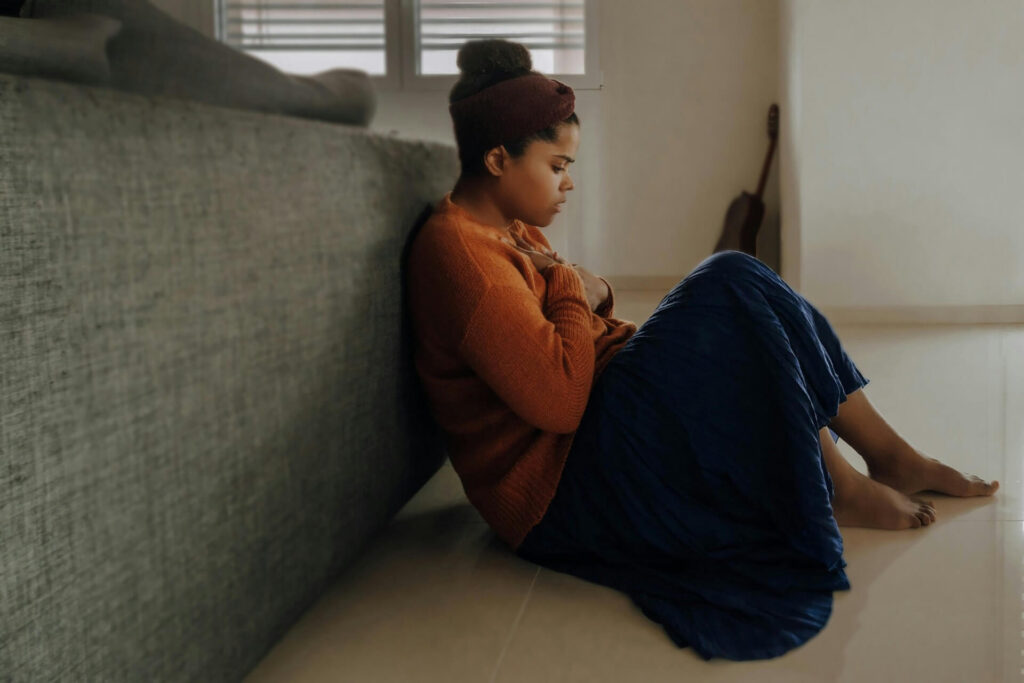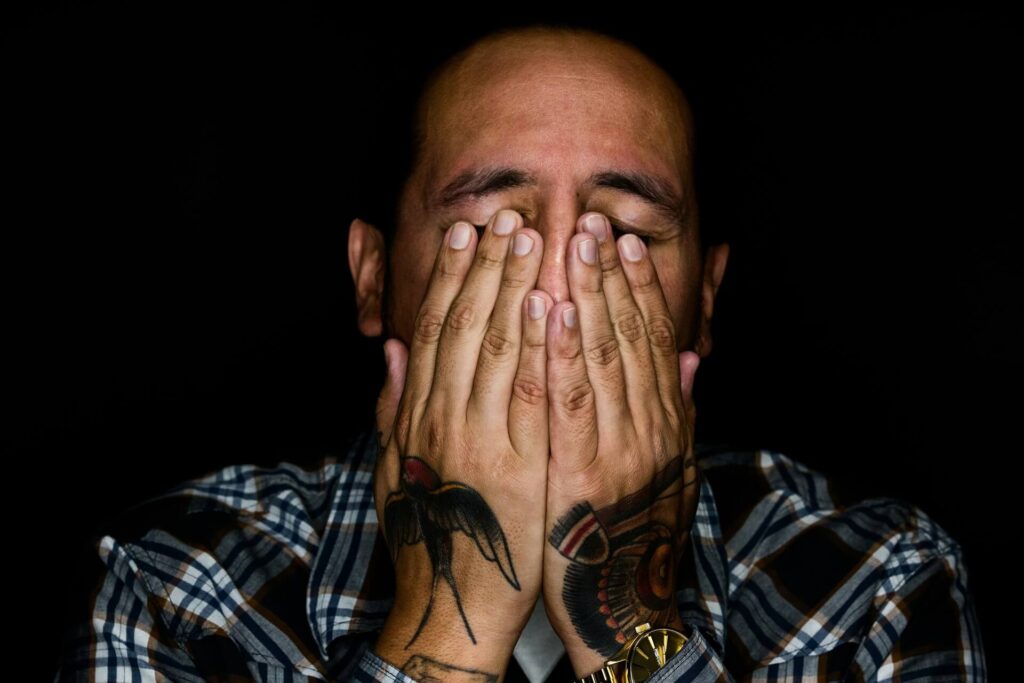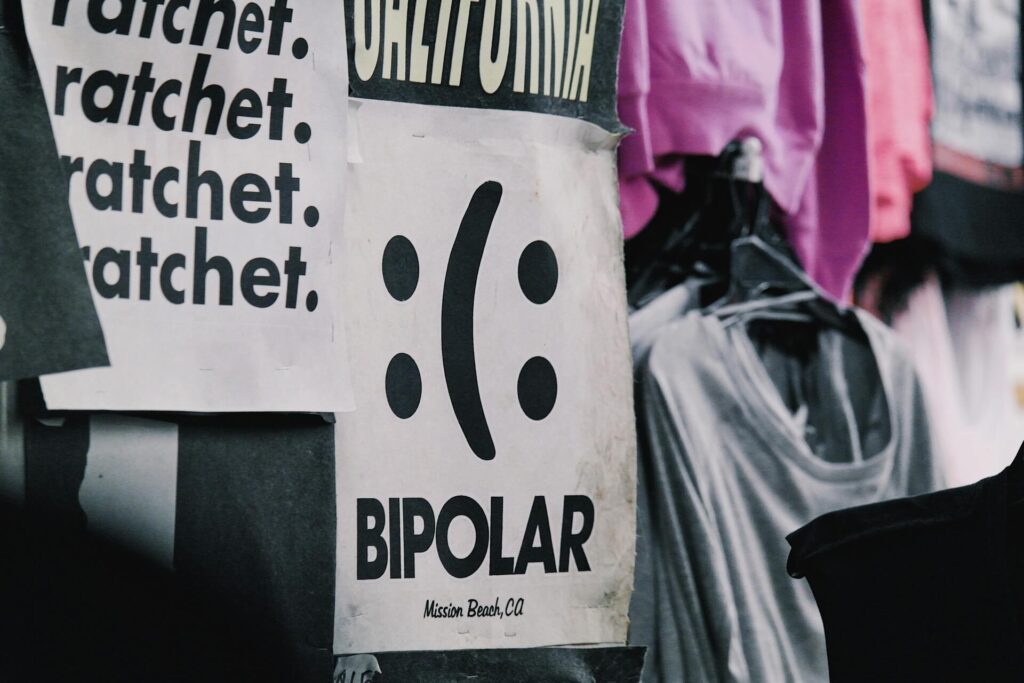
Body + Mind is reader-supported. We may earn an affiliate commission when you buy through some of the links on our site.
Anxious and depressed have been common adjectives many use to describe themselves when they’re not feeling their best. It’s normal sometimes to feel nervous, sad and hopeless. However, going through them for an extended period is a cause for concern. Identifying the signs of anxiety versus depression matters to label your emotions appropriately and take steps to improve your mental health sooner rather than later.
Anxiety and depression are dissimilar, although some of their symptoms overlap. Plus, you can have both simultaneously, so knowing which one you may have can be challenging.
These mental health conditions can interfere with your daily activities and may last indefinitely. Restlessness and agitation characterize them. They may also affect your appetite, sleep, digestion and concentration. That’s why many individuals living with anxiety or depression may see their physical fitness and cognitive performance decline. The similarities end here.

Anxiety and depression are groups of mood disorders. Each has multiple types, and each type has distinct symptoms. Nevertheless, some indicators may suggest you have anxiety, depression or both.
Anxiety may cause you to worry persistently, severely and disproportionately about the thing bothering you. You may overthink, imagine worst-case scenarios and obsess over situations and outcomes. Think of analysis paralysis, except fear fuels indecisiveness instead of information overload.
A prolonged state of anxiety can result in heart palpitations, chest tightness, shortness of breath, muscle tension and exhaustion. It may also trigger your fight-or-flight response, putting you on high alert.
People suffering from anxiety often get overwhelmed by their troubles. They may feel out of control, on edge or cranky.
If anxiety is energetic, depression is lethargic. Depression may make you lose interest in the things you enjoy. It may make you gloomy and struggle to finish small tasks without exerting more effort.
Depression may feel deep sadness, hopelessness, helplessness or guilt. This condition may also lower your self-esteem or reinforce feelings of worthlessness. These symptoms compel depressed individuals to think of dark thoughts such as self-harm and suicide.
To be clear, you may notice these signs without actually being depressed. Some depression symptoms may manifest due to an underlying medical condition — like a thyroid problem.
Anxiety and depression are spectrums. Understanding each of their types helps put things into perspective.
Normal anxiety differs from anxiety disorders. That’s why feeling anxious and having anxiety are unique experiences.
Normal anxiety is a short-term state of distress caused by a specific stressor — an ordinary response to something inducing emotional difficulty. You should get over it quickly, especially when the source of stress is gone.

Anxiety disorders are different. They’re mental illnesses characterized by extreme worrying or fear of something. Compared to signs of normal anxiety, the symptoms of anxiety disorders versus depression are closer. The most common anxiety disorders are as follows:
Some depressive disorders are more disruptive and dangerous than others. Learn about the most common ones.

The mental health specialists who diagnose anxiety and depressive disorders create treatment plans to help patients get well. These treatment plans may involve medicines, counseling or both. Some healthcare providers may also recommend other therapies like meditation and lifestyle changes — such as engaging in more physical activity and eating healthier foods — to manage anxiety or depression symptoms better.
Anxiety and depressive disorders are no laughing matter, so don’t take them lightly. Get support from your loved ones and consult a medical specialist to get diagnosed accordingly and receive an appropriate treatment plan.
Your email address will only be used to send you our newsletter, and at any time you may unsubscribe. For more information, see our Privacy Policy.